Twenty-five years ago, Philip Morris cut the price of Marlboro by 20% to fight back against generics, sending its stock price down a quarter and headlines proclaiming ‘the death of brands’. This conclusion proved premature. Brands have thrived since, with pricing generally robust, but they must remain relevant to justify their price premiums.
Unsurprisingly, in recent years the pricing environment has got tougher. This hasn’t manifested itself in showy price cuts (though P&G’s average 12% reduction on its Mach 3 blades last year was a notable exception), but a war of attrition, with pricing becoming more challenging every year. The glib response is to apportion this dynamic to the commoditisation of the food/HPC industry, which may in part be true, but the reasons are undoubtedly more complex.
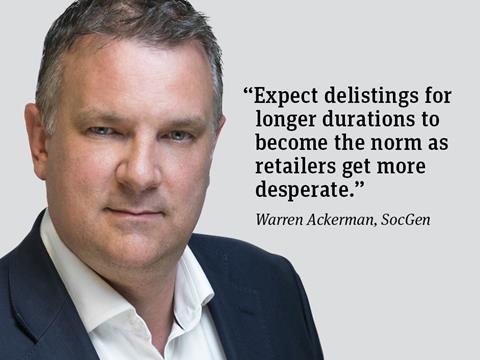
Hyperinflation pricing in Latin America had given the illusion of pricing power, but as this has normalised, the reality of anaemic pricing has become clearer. With the exception of some Brexit-related pricing in the UK, pricing in Europe has been deflationary for years. Achieving pricing in the US looks increasingly difficult in the midst of online disruption and the age of price transparency coupled with the Walmart-Amazon battle.
Lower-commodity input costs saved manufacturers from needing much pricing in recent years, but this trend is reversing with oil, some soft commodities and labour and distribution inflation ramping up. It will become clearer who has pricing power and who doesn’t. With bricks-and-mortar retailers struggling, they have set up buying alliances further pressuring pricing. For example, Agecore, a European buying alliance of six European supermarket chains, is currently removing Nestlé products from Edeka stores due to a dispute over pricing, resulting in 20% of Nestlé products in Edeka being currently unavailable. We expect delistings for longer durations to become the norm as retailers get more desperate.
Staples companies often view pricing as a last resort, only after all internal self help measures have been exhausted, perhaps reflecting the growing threat from private label and local brands as well as less consumer loyalty for established, bigger brands. However some of it is also self-inflicted. When Nestlé moved from a volume target to an organic growth target more than a decade ago, its incentives didn’t change, so driving volume by being slack on pricing and aggressive on promotions remained logical. New CEO Mark Schneider has finally closed this loophole, understanding that reaching its mid single-digit organic growth target by 2020 will be virtually impossible without better pricing. Volume and mix are crucial to driving growth, but the ‘art of pricing’ in every category, channel and geography has never been more important… and more fraught.
Warren Ackerman is head, global staples research, at Société Générale



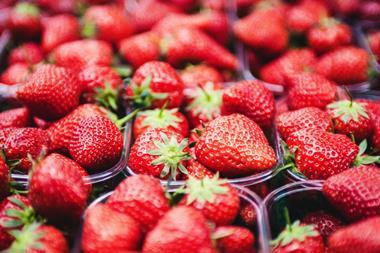

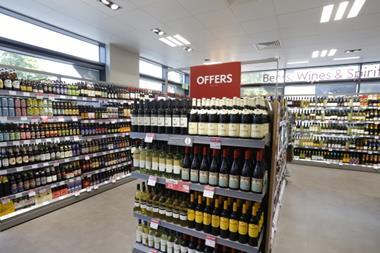
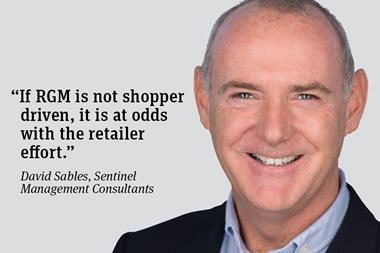

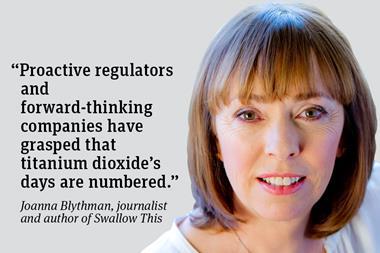
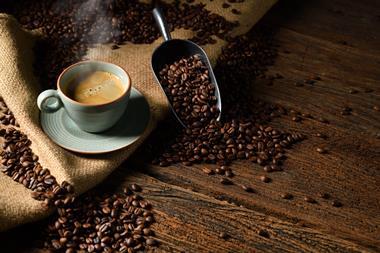
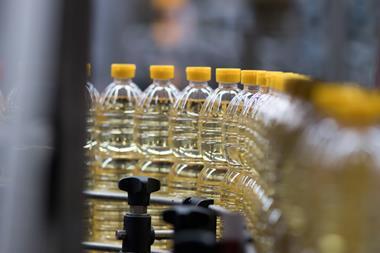
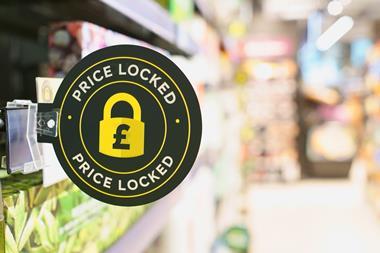

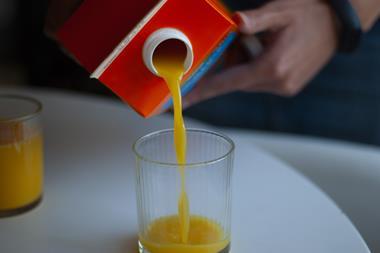
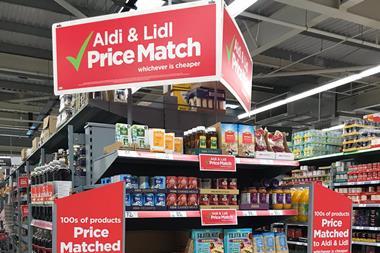
No comments yet